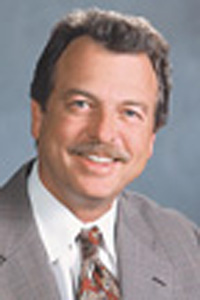POWAY, Calif. - New guidelines for respiratory assist devices have cleared the way for patients suffering from certain sleep disorders to get proper therapy sooner.
In January, CMS eliminated the oxygen desaturation requirement for central apneas. Previously, patients being tested for sleep problems had to desaturate to 88% or less for five minutes.
"These patients typically have healthy lungs, so unlike COPD patients, they would have difficulty meeting the old criteria," said Ron Richard, senior vice president of strategic marketing initiatives at Poway, Calif.-based ResMed.
About 10% of sleep disorder patients have central apneas and typically have some form of cardiovascular or degenerative neurological disease that interferes with breathing patterns, said Richard. While OSA patients struggle to breathe when the airway closes, central apnea patients basically stop breathing.
Recognizing that difference is critical, said Helen Kent, president of Progressive Medical in Vista, Calif.
"Once the tech recognizes this patient has a central component, then they can put him on a machine that treats obstructive and centrals," said Kent.
That includes spontaneous timed (ST) devices which provide a backup rate that can be set for a certain number of breaths per minute. If the patient's breathing rate drops below that, the device kicks in and continues until the patient's breathing meets or exceeds the timed rate.
"The patient will now get the most effective treatment from the start, rather than having to go through a trial period and fail the traditional CPAP," said Richard.




Comments